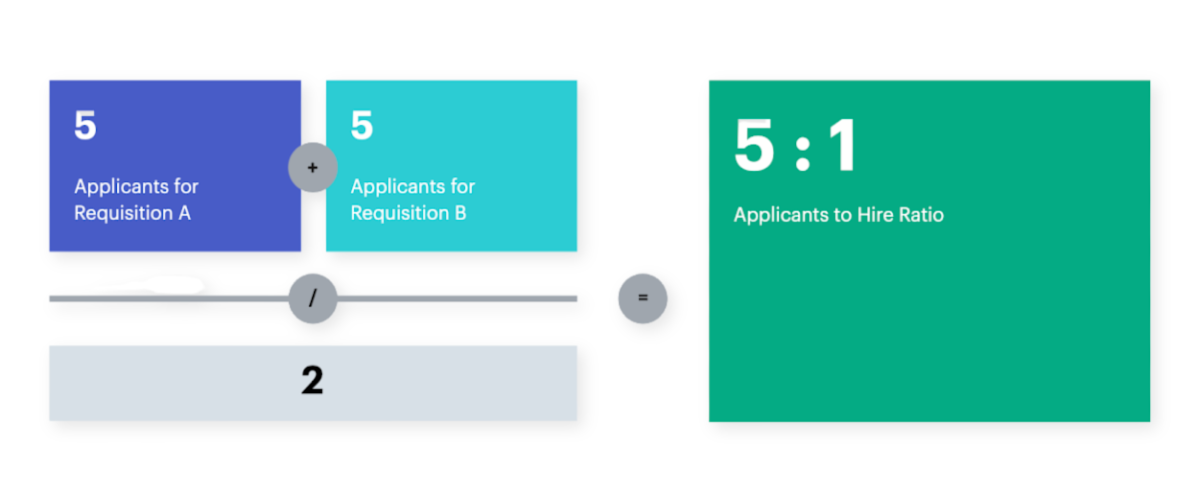Don’t Fly Blind: The HR Metrics Every CHRO Should Track
Having employee data is key to making informed business decisions, but which HR metrics should CHROs track? Here are six HR metrics to start.

The past two years have brought us unprecedented changes in the workforce. New employee demands for remote work, flexibility, and a culture that prioritizes diversity, equity, inclusion, and wellbeing mean that people leaders and CHROs need to use every tool at hand to create a better workplace.
This is a huge shift. Those used to managing in-person may feel as though they’re flying blind. To create the workplace that attracts the best talent, people leaders need the right information to build the workforce to help the business succeed now—and adapt to future changes. How do you know if your people are successfully adapting? By using your people data.
Here, we identify six key HR metrics to get you started on your people analytics journey. Knowing these employee metrics is the first step in making data-informed decisions. You can get the full breakdown of these metrics along with six others in our guide, 12 Metrics Every CHRO Should Know.

Six HR metrics every CHRO should track:
Headcount
Net change in headcount
Succession coverage ratio
Predicted resignation count
Applicant to hire conversation ratio
Employee net promoter score
What’s our headcount?
The first questions a smart people leader will want to get a handle on is headcount and net change in headcount. Headcount is the total number of people who are engaged in doing work for the company at any given time and should be broken down by contract type so that permanent, temporary, contingent, and gig workers can all be counted. This is different from a full time equivalent (FTE) count, which is more commonly based on who is being paid by the company and can include people who are being paid but may not be actively working for the company at that time.
Demonstrating the ability to consistently measure, report, explain and forecast how many people are or will be working for the company is at the core of all HR strategy. Additionally, the costs of people can be up to 70% of the company’s annual operating expenses. Being able to accurately measure and forecast how headcount will change enables the company to better predict and manage costs.
Are we prepared for future attrition?
The key HR metrics that will help your company prepare for future attrition are the succession coverage ratio, the predicted resignation count, and the applicant to hire conversion ratio. Not only do you need to know how many people are likely to leave, and in which positions, but you��’ll want to know the percentage of key leadership roles within the organization where you have people ready to step into those roles. The applicant to hire conversion ratio, letting you know how many people you’re going to have to interview to fill that position, will give you a better idea of the cost to replace those roles.

This equation shows how to calculate your applicant to hire ratio.
Are your employees engaged? Do they trust leadership?
Do employees feel happy and secure with leadership? Many companies conduct staff surveys and have other ways of soliciting feedback, but tracking engagement tends to be slow, buried in process, and leads to few actionable outcomes. Many organizations have become disillusioned with the old model and are switching to using an employee net promoter score (NPS). Visier provides even more clarity by demonstrating how NPS is changing over time and how the score varies by a wide range of other factors, such as compensation ratios or higher rates of change in the manager. This is done all within the Visier platform—rather than having to dig through several HR, employee engagement, and business systems to find answers.
HR metrics aren’t just for CHROs
People are the key to every business. Recent labor shortages have increased the demand for skilled talent to the point where creating a better employee experience becomes a competitive advantage. Without regularly monitoring your people metrics, issues can grow unnoticed until they become urgent. If leaders don’t know what’s happening until there’s a problem, they waste time putting out fires instead of providing the vision needed to cope with future changes. Data-informed CHROs not only know the right metrics to watch and how to use these measures to shape and drive strategy, but implement and distribute them in a way that engages their C-level peers and people managers into making better workforce decisions. This is how modern, data-driven HR helps to proactively create a happy and efficient workforce and shape stronger business results.
Want to learn about more key metrics, definitions, and why they’re important? Download the full report: 12 Metrics Every CHRO Should Track.
On the Outsmart blog, we write about workforce-related topics like what makes a good manager, how to reduce employee turnover, and employee burnout. We also report on trending topics like the Great Resignation and preparing for a recession, and advise on HR best practices like how to present headcount data to your CEO, metrics every CHRO should track, and connecting people data to business data. But if you really want to know the bread and butter of Visier, read our post about the benefits of people analytics.


